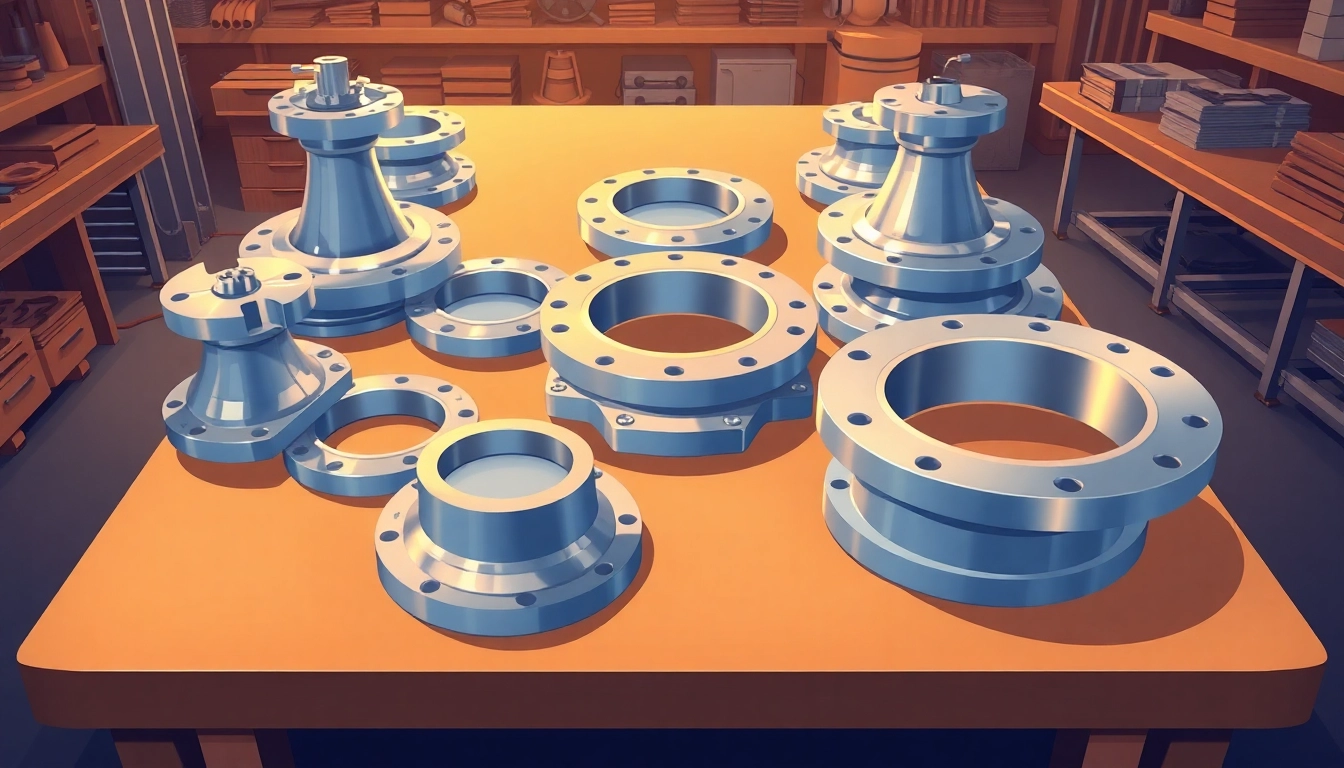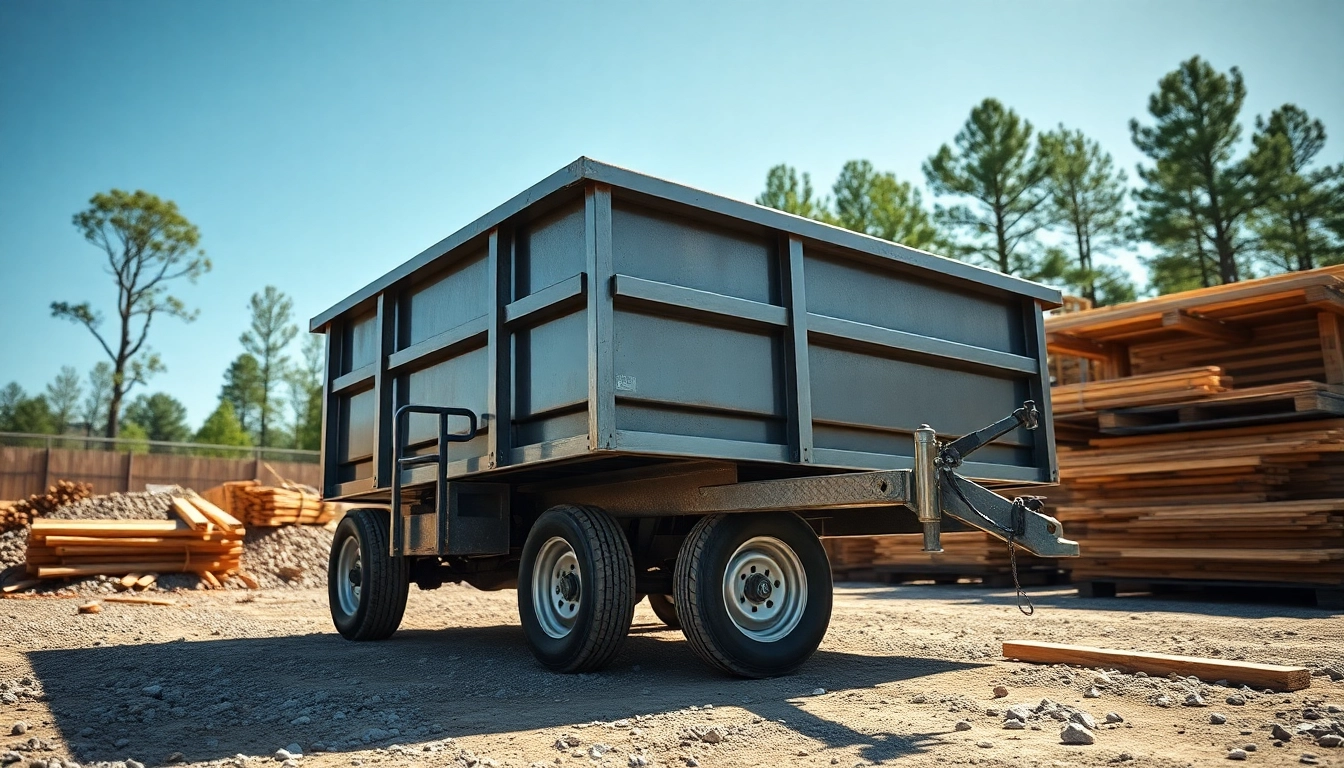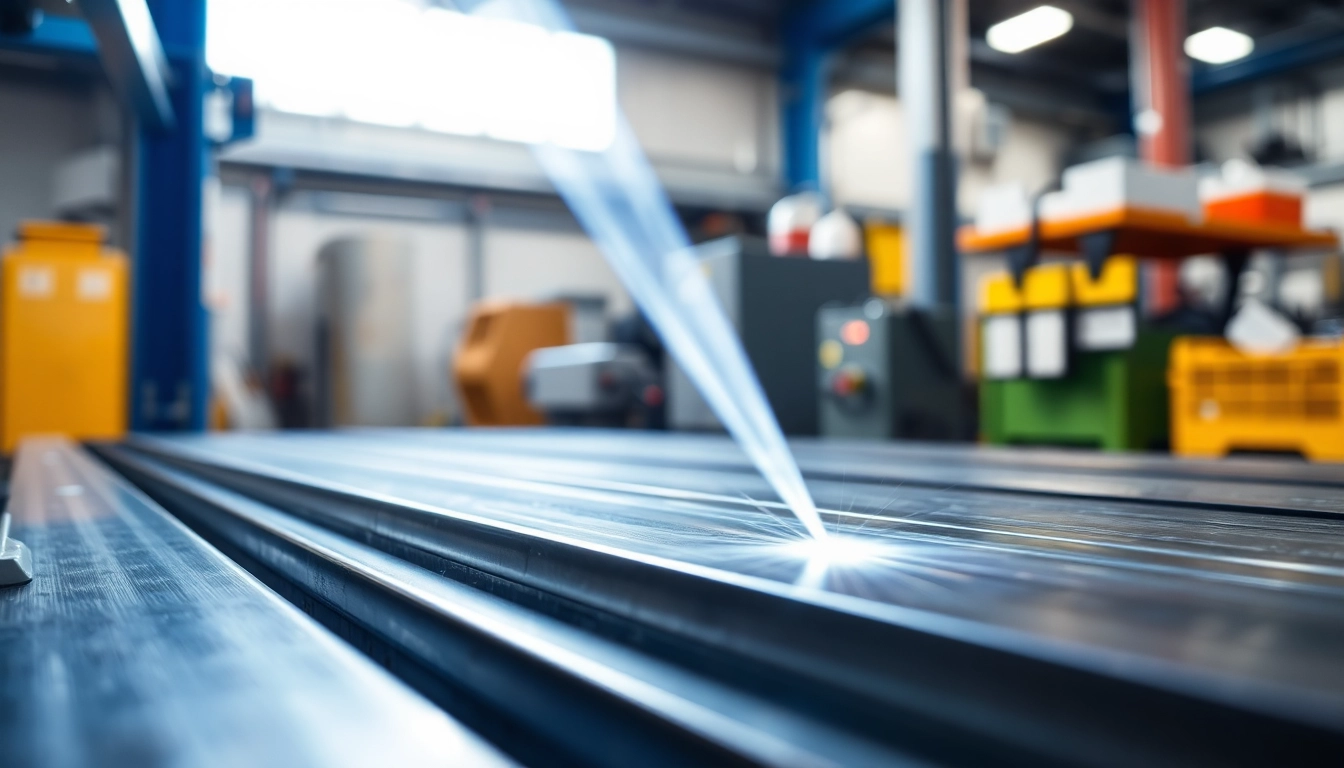1. Understanding Industrial Flanges: Definition and Importance
A. What Are Industrial Flanges?
Industrial flanges are essential components in piping systems, serving as the connection point between two sections of pipe or the attachment of piping to other equipment. Typically made of materials such as metal, plastic, or composite materials, flanges provide a reliable and leak-proof joint that can withstand significant pressure and heat. Flanges come in various shapes and sizes, designed to accommodate different applications and specifications.
B. Importance of Industrial Flanges in Manufacturing
Flanges play a crucial role in various industries, including oil and gas, water treatment, chemical processing, and power generation. Their importance lies in providing strong and durable connections that ensure the safe transport of fluids and gases. By allowing for easy assembly and disassembly, flanges simplify maintenance processes and reduce downtime. Furthermore, the reliability of flanges directly impacts system performance and safety, emphasizing the need for high-quality industrial flanges in manufacturing sectors.
C. Common Types of Industrial Flanges
There are several common types of industrial flanges, each designed for specific applications:
- Weld Neck Flanges: Ideal for high-pressure applications, these flanges have a long tapered neck that fits into the pipe, providing a strong weld.
- Slip-On Flanges: These flanges are easy to install and are slipped over the pipe before welding, making them suitable for lower pressure systems.
- Blind Flanges: Used to close off the end of a piping system, they help in testing or accessing pipelines while preventing leakage.
- Socket Weld Flanges: Designed for high-pressure applications, they create strong connections by providing a socket for the pipe to fit into.
- Threaded Flanges: These flanges have internal threads that allow them to be connected to a pipe with external threads, ideal for situations where welding is impractical.
2. Selecting the Right Industrial Flanges for Your Project
A. Factors to Consider When Choosing Flanges
When selecting industrial flanges for a project, several factors need to be considered:
- Material: Choose materials compatible with the fluids or gases being transported to prevent corrosion and degradation.
- Pressure Class: Evaluate the pressure ratings required for the application to ensure that the selected flange can withstand operational pressures.
- Temperature Requirements: Flanges must be rated for the temperature conditions they’ll face to avoid failures.
- Joints and Connections: Determine the type of joint (welded, threaded, or bolted) and select the appropriate flange type to match.
B. Matching Flanges to Material and Pressure Ratings
It is vital to match flanges to corresponding materials and pressure ratings effectively. For instance, suitable flanges for high-pressure steam applications might require different materials than those used for standard water service. Referencing the ASME (American Society of Mechanical Engineers) standards ensures that flanges meet required specifications regarding pressure and temperature ratings. Materials such as stainless steel, carbon steel, and even exotic alloys can be chosen based on the specific needs of the application.
C. Understanding ANSI and ASME Standards for Flanges
Standards set forth by ANSI (American National Standards Institute) and ASME dictate the specifications and dimensions of industrial flanges. Understanding these standards is critical for engineers and manufacturers to ensure that components will fit together properly. ANSI/ASME B16.5 is the most commonly referenced standard, covering flanges in sizes from ½ inch to 24 inches in nominal diameter, while B16.47 pertains to larger flanges. These standards not only aid in ensuring compatibility but also establish requirements for materials, pressure ratings, and testing methods.
3. Installation and Maintenance of Industrial Flanges
A. Best Practices for Flange Installation
Proper installation of industrial flanges is critical for ensuring long-term performance. Here are the best practices to follow:
- Cleanliness: Ensure that both flange surfaces are clean and free from debris, dirt, or oil before installation to ensure a proper seal.
- Alignment: Flanges should be aligned properly to prevent undue stress and to ensure that bolts can be tightened evenly.
- Gasket Selection: Use compatible gaskets for the materials being joined, ensuring they can handle the operating conditions.
- Torque Specifications: Follow specified torque values while tightening bolts to prevent over-tightening or under-tightening.
B. Common Challenges and Solutions During Installation
Numerous challenges can arise during flange installation. Some common issues include:
- Misalignment: This can occur if flanges are not positioned properly. Use alignment tools to ensure accurate positioning before tightening.
- Gasket Failures: Improperly selecting gaskets can lead to leaks. Always confirm that chosen gaskets meet the requirements of the application.
- Corrosion: Environmental factors can lead to corrosion of flange surfaces. Applying a protective coating can help prevent corrosion.
C. Routine Maintenance for Long-Lasting Durability
Routine maintenance is essential for ensuring the longevity of industrial flanges. Regular inspections should include:
- Inspecting for leaks around flanges, which can indicate compromised gaskets or misalignment.
- Evaluating the condition of bolts and nuts to ensure they are secure and not corroded.
- Replacing gaskets as needed, especially in high-pressure applications, to prevent failures.
4. Innovations in Industrial Flange Design and Technology
A. Trends in Flange Manufacturing Materials
Recent trends in flange manufacturing materials focus on enhancing performance and durability in harsh environments. Innovations include:
- High-Performance Plastics: Materials such as PTFE (Polytetrafluorethylene) are being used to create flanges resistant to chemicals and high temperatures.
- Advanced Alloys: New metal alloys with improved strength-to-weight ratios are being developed to withstand extreme conditions while reducing overall weight.
- Composite Materials: The use of composite materials in flange production is rising due to their lightweight properties and corrosion resistance.
B. Enhancements in Flange Technology for Improved Safety
Safety in flange usage has seen significant improvement through technological advancements. Smart flanges equipped with sensors can monitor temperature and pressure in real-time, alerting operators to potential issues before they escalate. Additionally, improved manufacturing techniques, such as additive manufacturing, allow for the creation of complex geometries that enhance performance and safety.
C. Sustainable Practices in Flange Production
With growing environmental concerns, the flange manufacturing process is also evolving towards more sustainable practices. This includes:
- Using recycled materials to create new flanges, reducing waste.
- Implementing energy-efficient manufacturing processes to reduce the carbon footprint.
- Assigning a focus on life cycle assessment to gauge the environmental impact of flange production.
5. Case Studies: Successful Applications of Industrial Flanges
A. Flange Solutions in Energy Sector Projects
The energy sector frequently relies on robust flange solutions to maintain system integrity. A notable case involved a major oil company that faced challenges with pipeline connections in a high-pressure environment. By utilizing specially designed weld neck flanges rated for extreme conditions, the company achieved a significant reduction in leaks and downtime, enhancing overall safety and reliability.
B. Case Study: Industrial Flanges in Water Management Systems
In a water treatment facility, the installation of high-quality slip-on flanges allowed for easier maintenance and replacement of aging infrastructure. With the ability to frequently disassemble and reassemble connections without damaging the pipes, the facility improved its operational efficiency and reduced maintenance costs by 30% over five years.
C. Lessons Learned from Major Engineering Projects Involving Flanges
Several engineering projects have underscored the importance of selecting the right flange type. In a recent construction of a chemical processing plant, engineers learned that a mismatch in flange materials led to premature failures and costly delays. This experience highlighted the necessity of rigorous selection processes and adherence to ANSI/ASME standards, resulting in improved protocols for future projects.















Leave a Reply